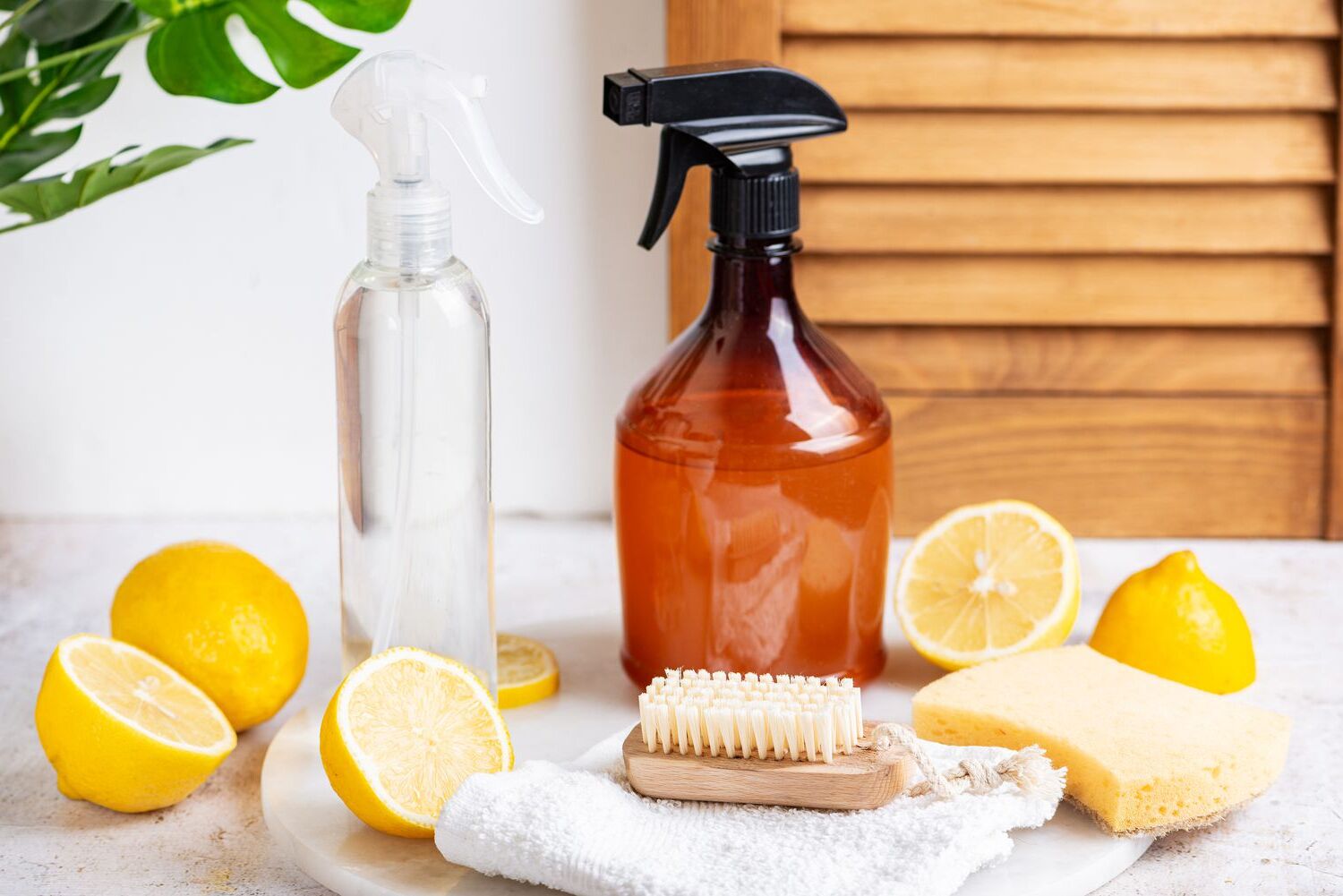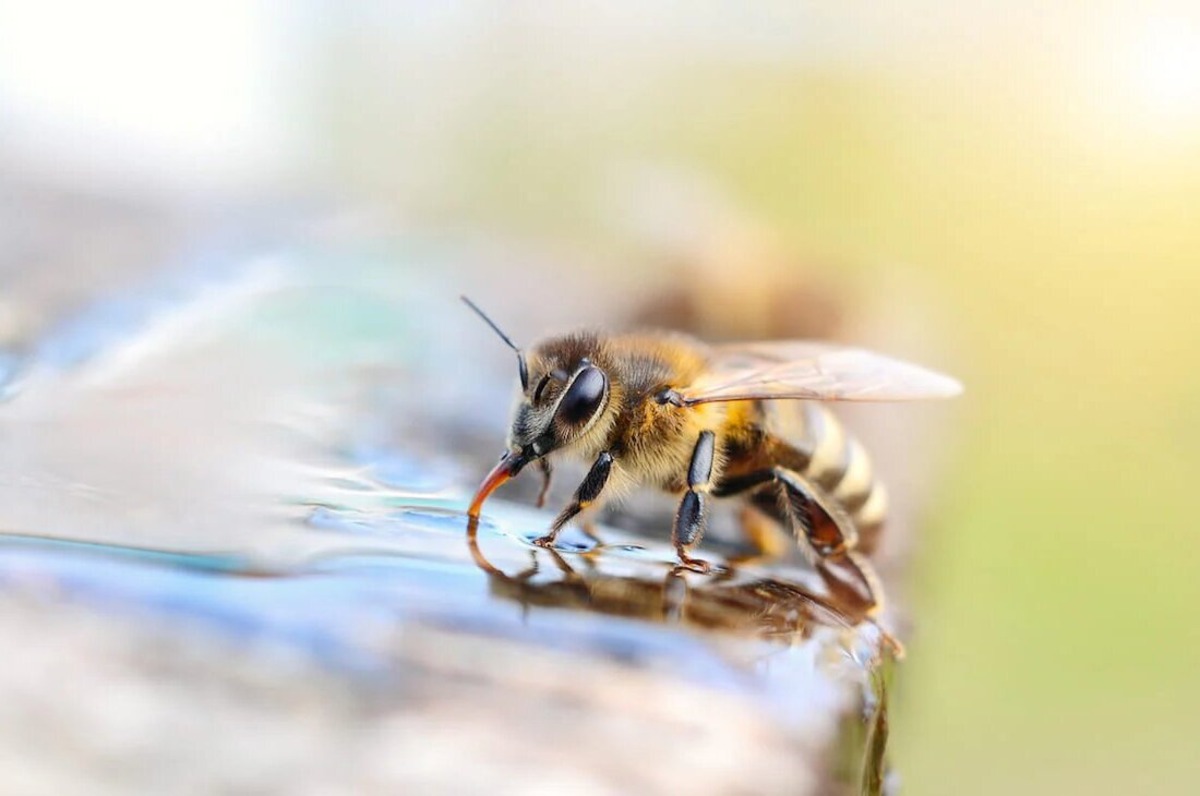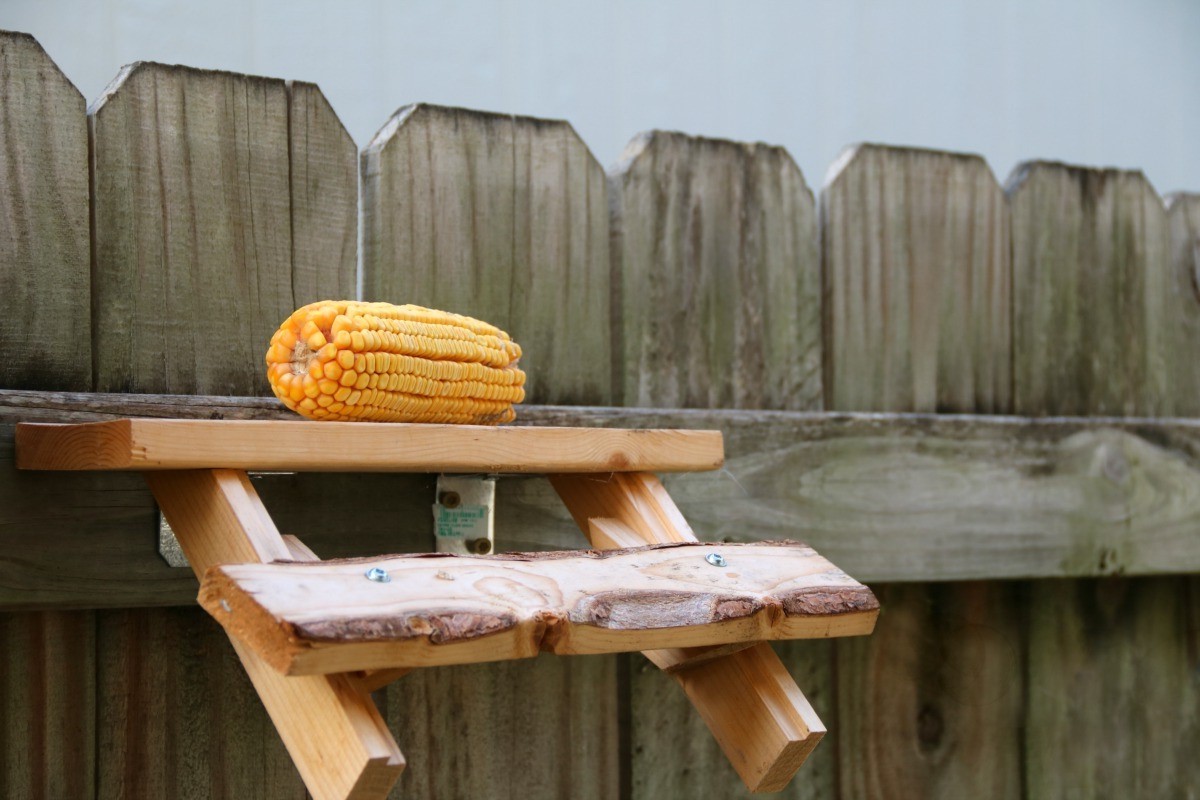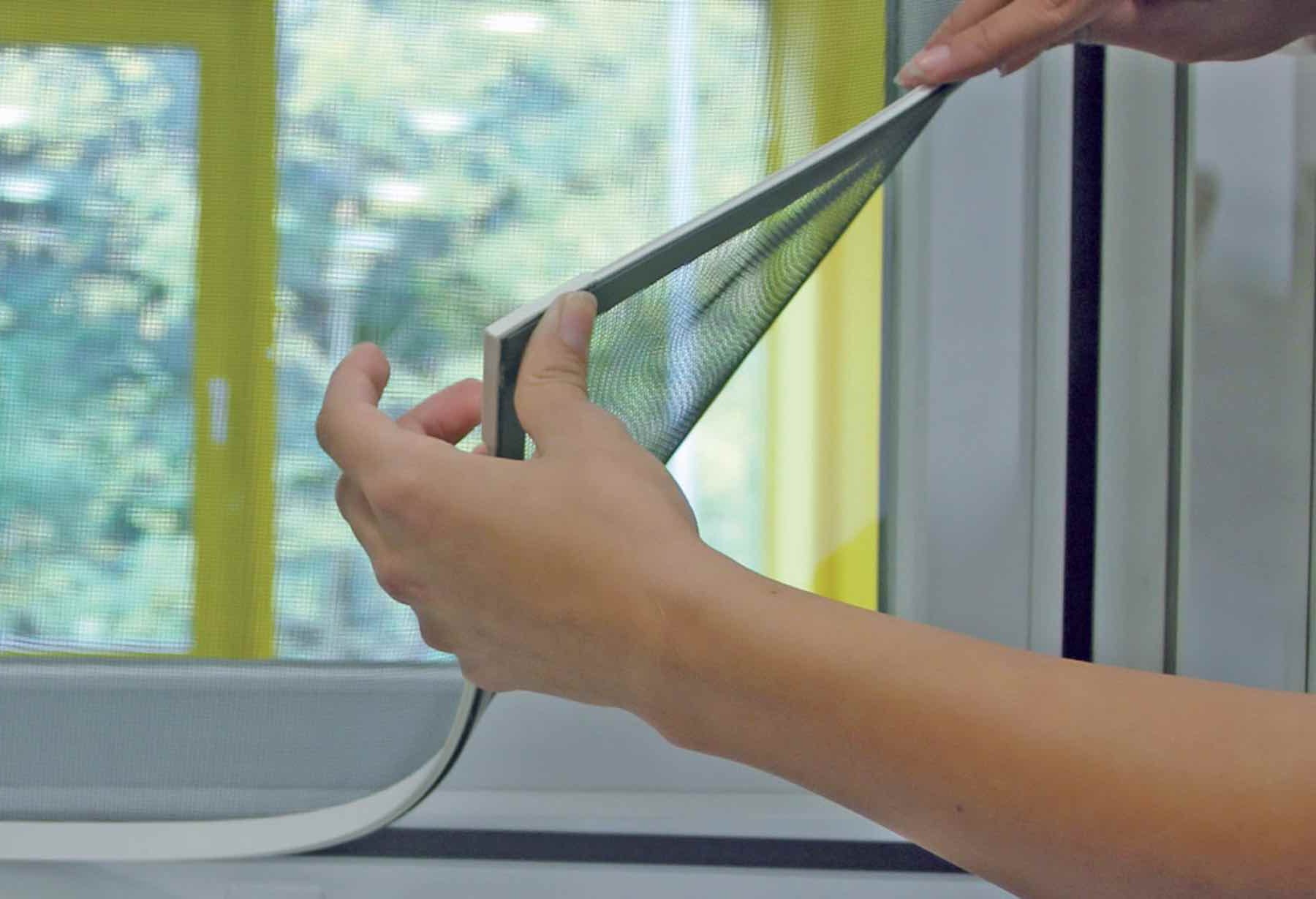Home>Create & Decorate>DIY & Crafts>Squirrel-Savvy DIY: Homemade Traps For Pesky Critters
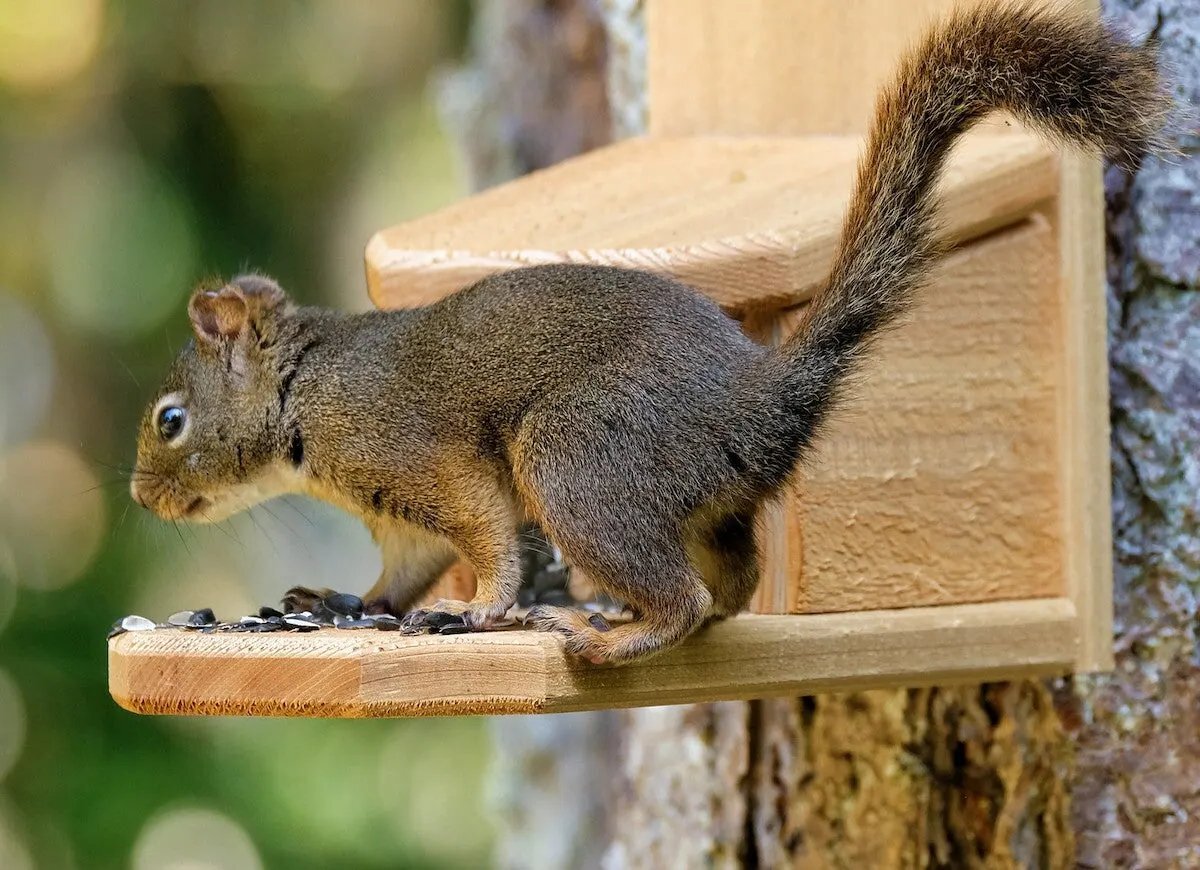

DIY & Crafts
Squirrel-Savvy DIY: Homemade Traps For Pesky Critters
Published: June 10, 2024

Content Creator specializing in woodworking and interior transformations. Caegan's guides motivate readers to undertake their own projects, while his custom furniture adds a personal touch.
Discover effective DIY homemade traps for pesky critters with our squirrel-savvy techniques. Get crafty with our DIY & Crafts solutions today!
(Many of the links in this article redirect to a specific reviewed product. Your purchase of these products through affiliate links helps to generate commission for Twigandthistle.com, at no extra cost. Learn more)
Understanding Squirrel Behavior
Squirrels are agile and intelligent creatures that are constantly on the lookout for food and shelter. Understanding their behavior is crucial in effectively trapping them. Squirrels are diurnal, meaning they are most active during the day. They are also territorial animals, so they tend to establish their nests in areas where they feel safe and have easy access to food. Additionally, squirrels are known for their curiosity and problem-solving skills, making it essential to set up traps that are not only effective but also able to outsmart these crafty critters.
Read more: DIY Homemade Drain Cleaner Guide
Identifying Common Squirrel Entry Points
Squirrels are notorious for finding their way into homes through various entry points. Identifying these common entry points is the first step in effectively preventing their intrusion. Here are some of the most common entry points that squirrels exploit:
-
Roof Vents and Chimneys: Squirrels can easily gain access to your home through roof vents and chimneys. These openings provide a direct pathway for squirrels to enter and nest in your attic or crawl space.
-
Gaps and Holes: Small gaps and holes in the exterior of your home, such as those around utility lines, eaves, and soffits, are prime entry points for squirrels. They can gnaw and widen these openings to gain access to the interior of your home.
-
Uncapped Chimneys: Chimneys without proper caps are an open invitation for squirrels to enter. Once inside, they can cause significant damage and create a potential fire hazard.
-
Attic Vents and Fans: Squirrels can easily chew through attic vents and fans, using them as entry points into your home. These areas are often overlooked but can provide easy access for squirrels seeking shelter.
-
Deteriorating Rooflines: As roofs age, the roofline can deteriorate, creating gaps and openings that squirrels can exploit to gain access to your home.
By identifying and addressing these common entry points, you can effectively fortify your home against squirrel intrusions. Regular inspections of these areas can help you detect and seal off potential entry points, minimizing the risk of squirrel infestations.
Homemade Traps Using Household Items
Creating homemade traps using household items can be an effective and budget-friendly way to deal with pesky squirrels. Here are some DIY traps that you can easily assemble using common items found around the house:
1. Bucket Trap
- Materials Needed: A tall bucket, a wooden plank, bait (peanut butter or nuts), and water.
- Assembly: Fill the bucket halfway with water and smear the plank with bait. Position the plank as a ramp leading up to the rim of the bucket. When the squirrel attempts to reach the bait, it will fall into the water and be unable to escape.
2. Cardboard Tube Trap
- Materials Needed: A cardboard tube (such as a paper towel or wrapping paper tube), bait, and a tall bin or large trash can.
- Assembly: Place the tube on the bin with the bait inside. When the squirrel enters the tube to reach the bait, gently lift the tube and deposit the squirrel into the bin, where it will be contained.
Read more: DIY Trap Door Ideas
3. PVC Pipe Trap
- Materials Needed: A long PVC pipe, end caps, bait, and a tall bin or large trash can.
- Assembly: Attach one end cap to the PVC pipe and place bait inside. Once the squirrel enters the pipe to reach the bait, gently cap the other end, trapping the squirrel inside. Then, carefully transfer the pipe to the bin for containment.
4. Simple Box Trap
- Materials Needed: A cardboard box, a stick, bait, and a tall bin or large trash can.
- Assembly: Prop the cardboard box open with a stick that's holding the bait. When the squirrel enters the box to reach the bait, pull the stick, causing the box to close and contain the squirrel.
These homemade traps are designed to safely contain squirrels without causing them harm. Once a squirrel is trapped, it's important to release it in a suitable location away from your home. Always check local regulations and guidelines regarding the trapping and relocation of wildlife to ensure ethical and legal practices.
Best Bait Options for Homemade Traps
Selecting the right bait is crucial for the success of your homemade squirrel trap. Squirrels are naturally drawn to certain types of food, and using the appropriate bait can significantly increase the effectiveness of your trap. Here are some of the best bait options for homemade traps:
1. Nuts
Nuts, such as walnuts, almonds, and peanuts, are irresistible to squirrels. Their strong scent and high fat content make them a top choice for baiting traps. Place a few nuts inside the trap to entice the squirrels to enter and trigger the trap mechanism.
2. Peanut Butter
Peanut butter is a versatile and effective bait for trapping squirrels. Its sticky texture and strong aroma make it a highly attractive lure. Smear a generous amount of peanut butter on the trap's bait area to entice the squirrels to investigate and ultimately trigger the trap.
3. Seeds
Squirrels are known for their love of seeds, particularly sunflower seeds. These small, high-energy snacks are a great option for baiting traps. Scatter some seeds inside the trap to pique the squirrels' interest and encourage them to enter.
4. Fruits
Fresh fruits, such as apples and berries, can also be used as bait for squirrel traps. Squirrels are naturally drawn to the sweet scent and juicy texture of fruits. Place small pieces of fruit inside the trap to attract the squirrels and entice them to venture inside.
5. Corn
Corn, whether fresh or dried, is a popular bait choice for trapping squirrels. Its appealing taste and texture make it a reliable lure. Position a few kernels of corn inside the trap to tempt the squirrels and prompt them to trigger the trap mechanism.
When using bait in your homemade traps, it's essential to ensure that the bait is securely positioned to prevent the squirrels from easily removing it without triggering the trap. Additionally, regularly refreshing the bait and maintaining its freshness can help sustain the trap's allure and maximize its trapping potential. By selecting the right bait and employing proper baiting techniques, you can increase the likelihood of successfully capturing squirrels using your homemade traps.
Read more: Slope-Savvy DIY: Crafting Hillside Steps
Safety Precautions and Ethical Considerations
When dealing with squirrel trapping, it's essential to prioritize safety and ethical considerations. Here are some important precautions and ethical guidelines to keep in mind:
-
Human Safety: Always prioritize the safety of yourself and others when setting up traps. Ensure that traps are placed in areas inaccessible to children, pets, and unintended wildlife. Additionally, handle traps with care to avoid any potential injuries.
-
Humane Treatment: Choose traps that are designed to capture squirrels without causing them harm. It's important to release captured squirrels in a timely manner to minimize stress and discomfort. Check the traps regularly to ensure that captured squirrels are not kept confined for extended periods.
-
Legal Compliance: Familiarize yourself with local regulations and laws regarding the trapping and relocation of wildlife. Some areas may have specific guidelines on trapping methods, permissible relocation sites, and required permits. Adhering to these regulations ensures that your trapping activities are conducted within legal boundaries.
-
Proper Disposal of Captured Squirrels: If relocation is necessary, release captured squirrels in suitable locations away from residential areas. Ensure that the release site provides appropriate habitat and resources for the squirrels to thrive. Avoid releasing them in areas where they may face danger or competition from other wildlife.
-
Avoiding Non-Target Species: Take measures to prevent unintended wildlife from being captured in the traps. Position traps strategically and use bait that specifically targets squirrels to minimize the risk of capturing non-target species.
-
Maintenance and Inspection: Regularly inspect and maintain traps to ensure their effectiveness and integrity. This includes checking for any damage, replacing worn components, and refreshing bait as needed. Well-maintained traps are more likely to successfully capture squirrels while minimizing the risk of accidental harm.
By adhering to these safety precautions and ethical considerations, you can effectively manage squirrel trapping activities in a responsible and humane manner. Prioritizing the well-being of both humans and wildlife contributes to a harmonious approach to addressing squirrel infestations.

